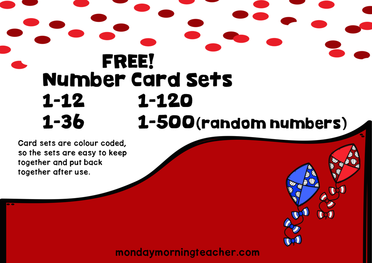
While I have nothing against a good worksheet (if they aren't over-used), number cards are a great alternative. Click the picture to download differentiated number cards sets that will let your class easily practice whichever number operation they need to practice.
This file contains the following number cards sets: 1-12, 1-36, the standard 1-120 set and a further set of random numbers from 0-500 (I have a few kids who are ready to add and subtract with numbers beyond 120, so I created this set with them in mind).
Each set has different coloured 'confetti' headers (like you see on the cover page above). I love number cards, but HATE when I have to try to put sets back together after I've split them up to differentiate for different kids. With these sets, they are already differentiated for you - and when clean up time comes, it's very easy to put all the cards with the same confetti back together again. Anything to make clean up easier, right?
The confetti headers allow you to easily separate the cards into the right set, but they are easy on the colour ink, which is always a consideration for me (ink cartridges get expensive).
Number cards can be used in many different ways, but to get you started, this file also includes simple recording sheets to let your class record their addition, subtraction, multiplication or division sums. I just put the right set of cards for each group of kids into a bucket on their table. Then the kids can pull 2 numbers out and do the required sum, before putting their cards back and drawing 2 more cards, etc.
Only 3 weeks left until the Christmas break here in Aberdeen - hope you don't have too much longer than that where you are!


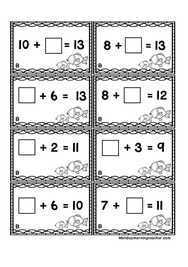
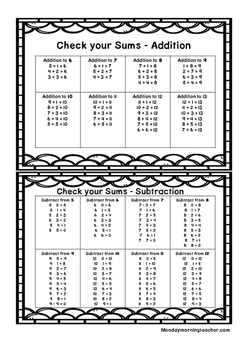

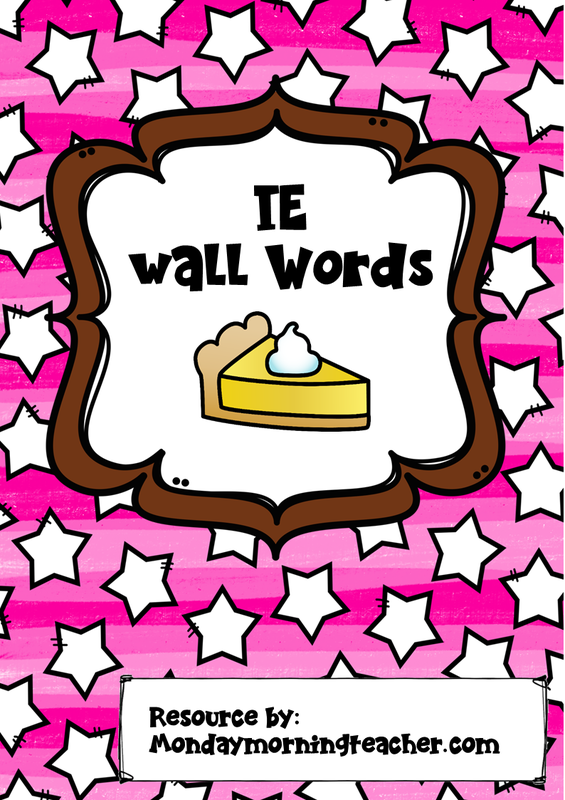

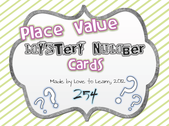

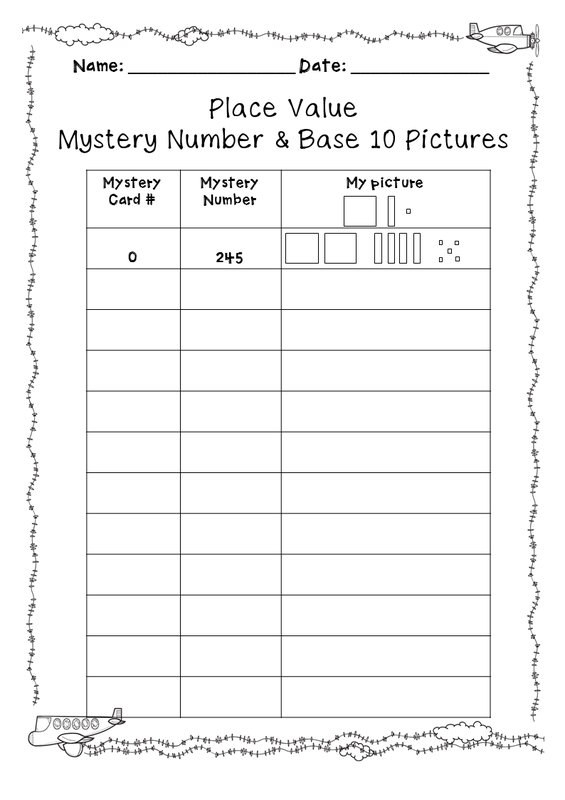
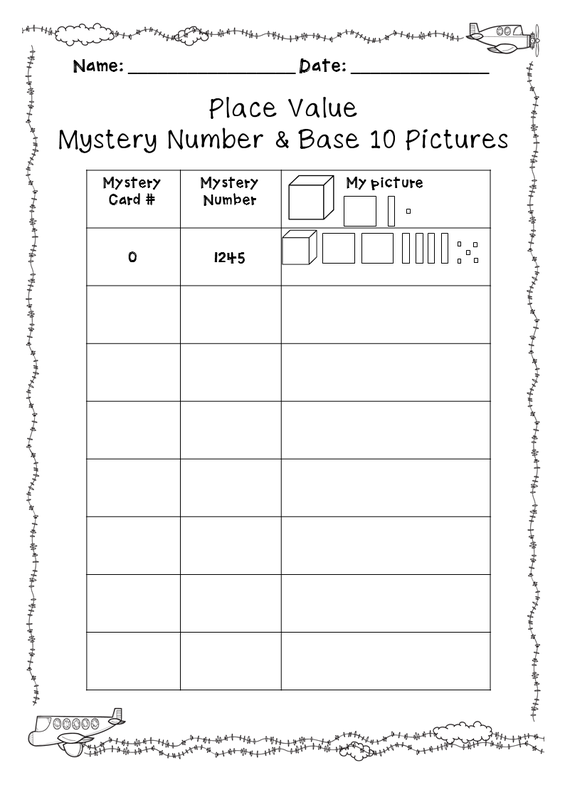
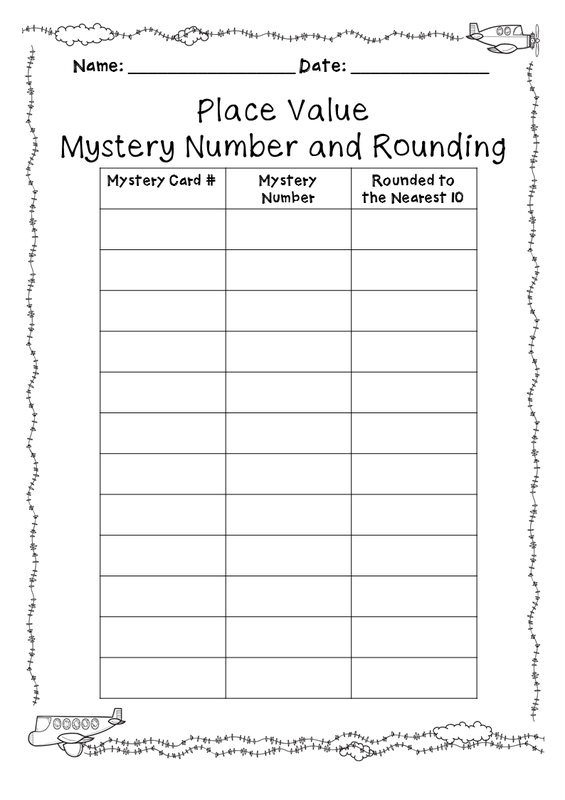
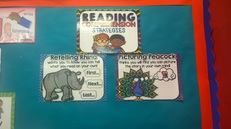
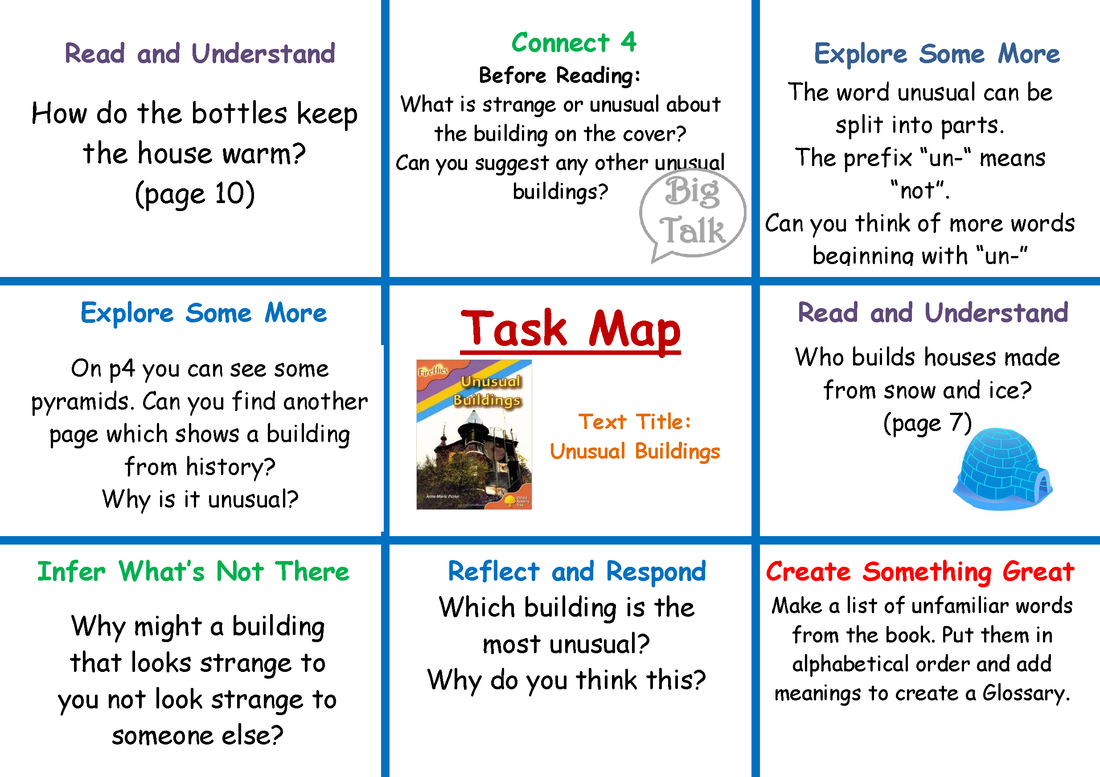
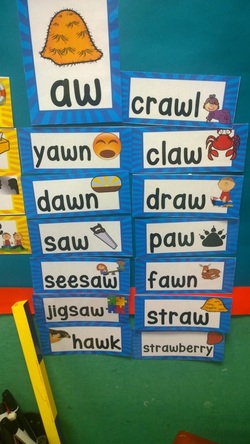
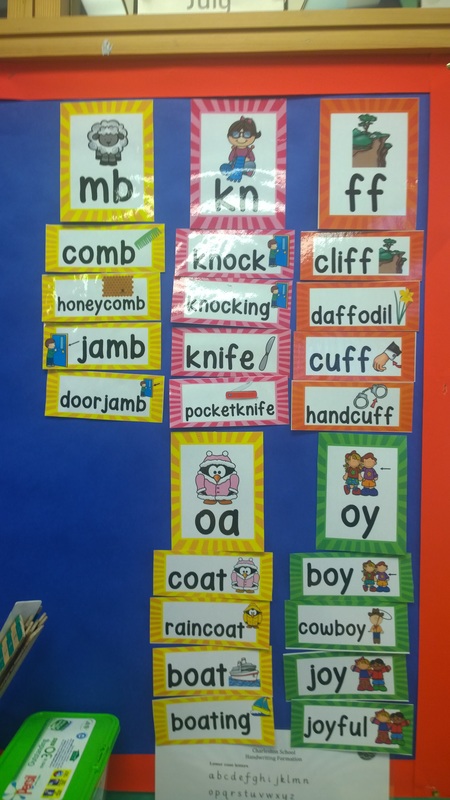
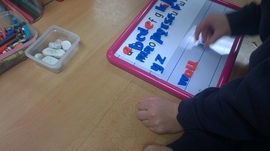

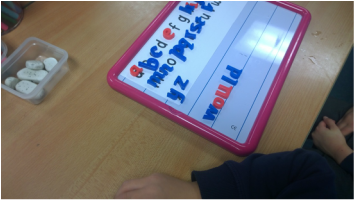
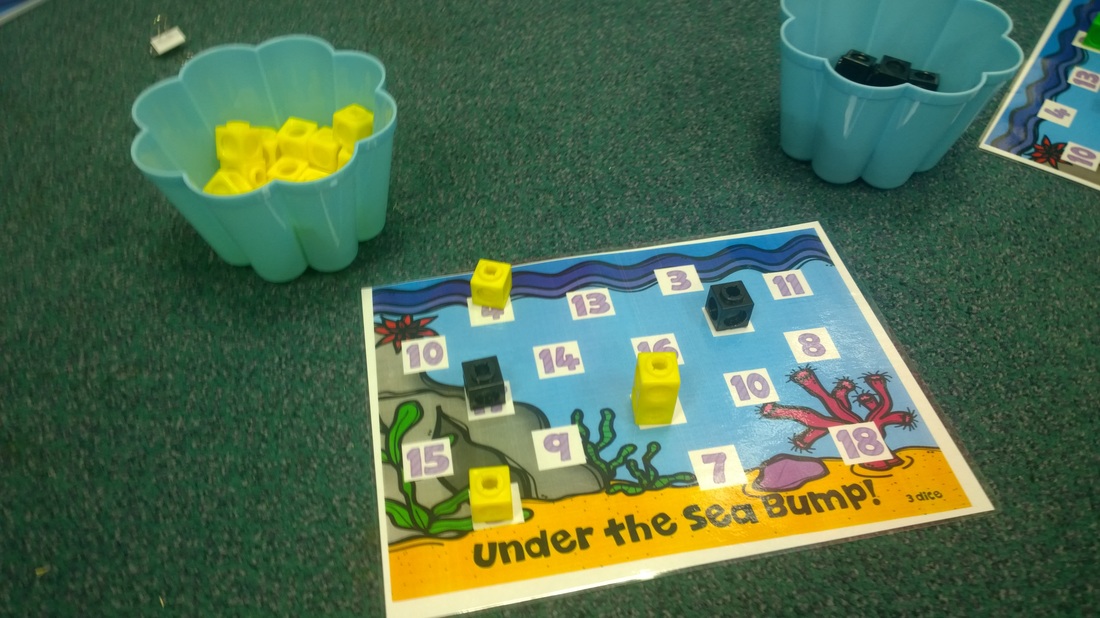

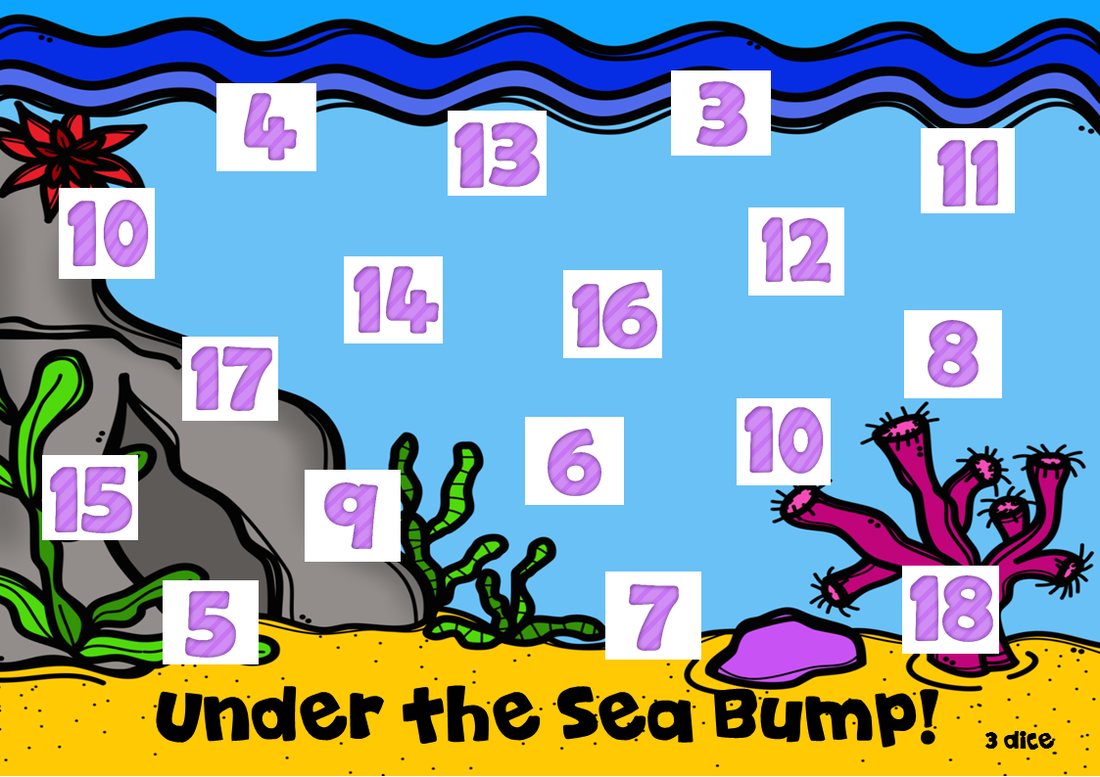
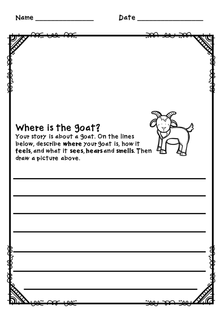
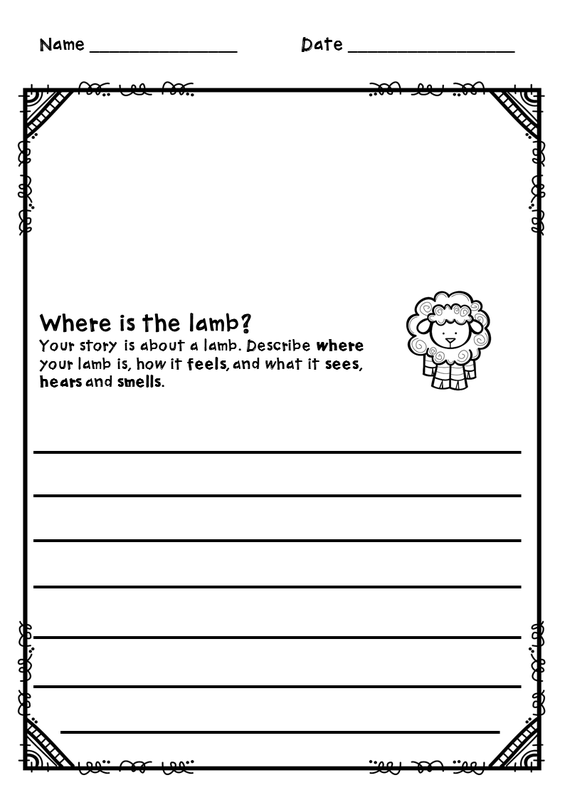
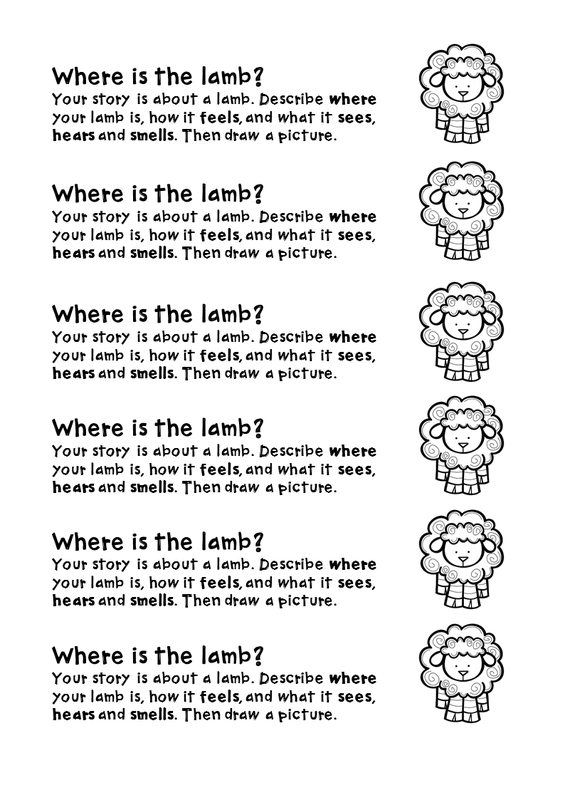
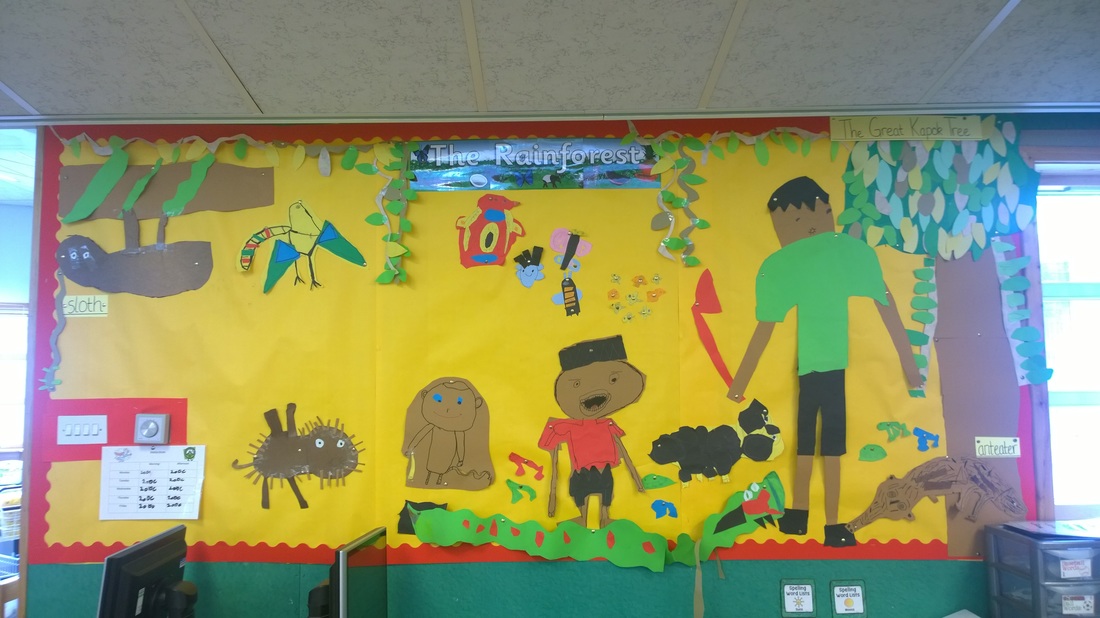
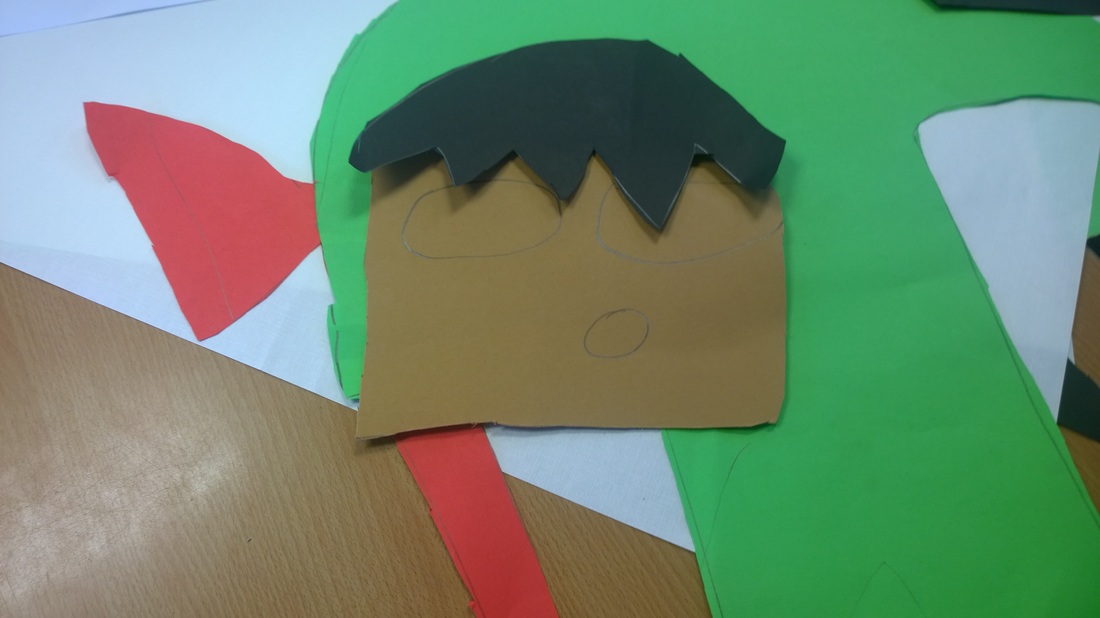
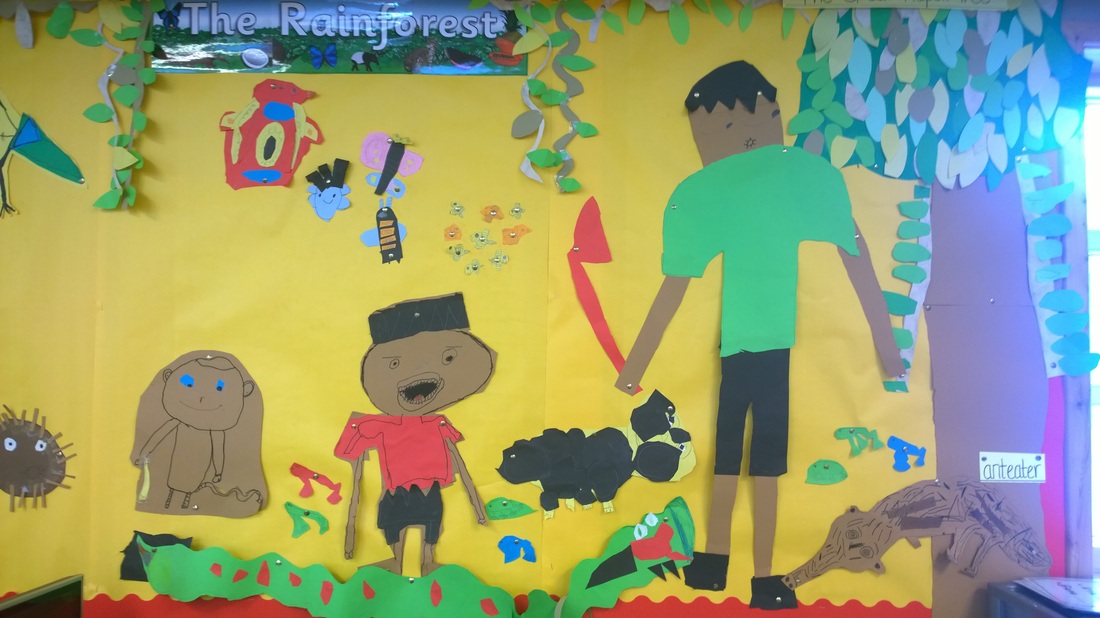
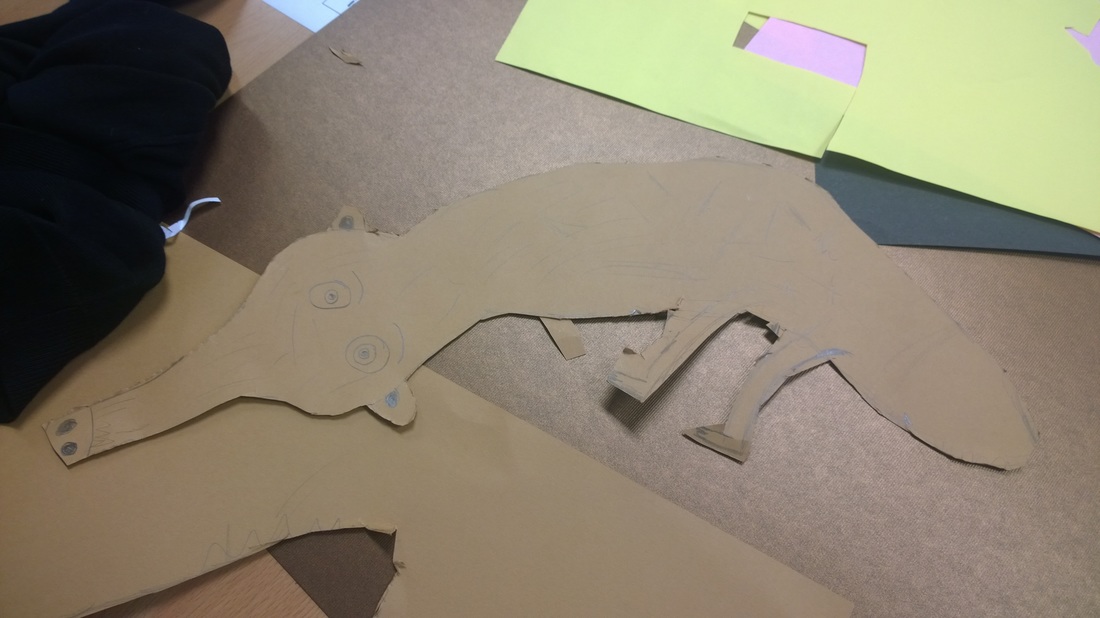
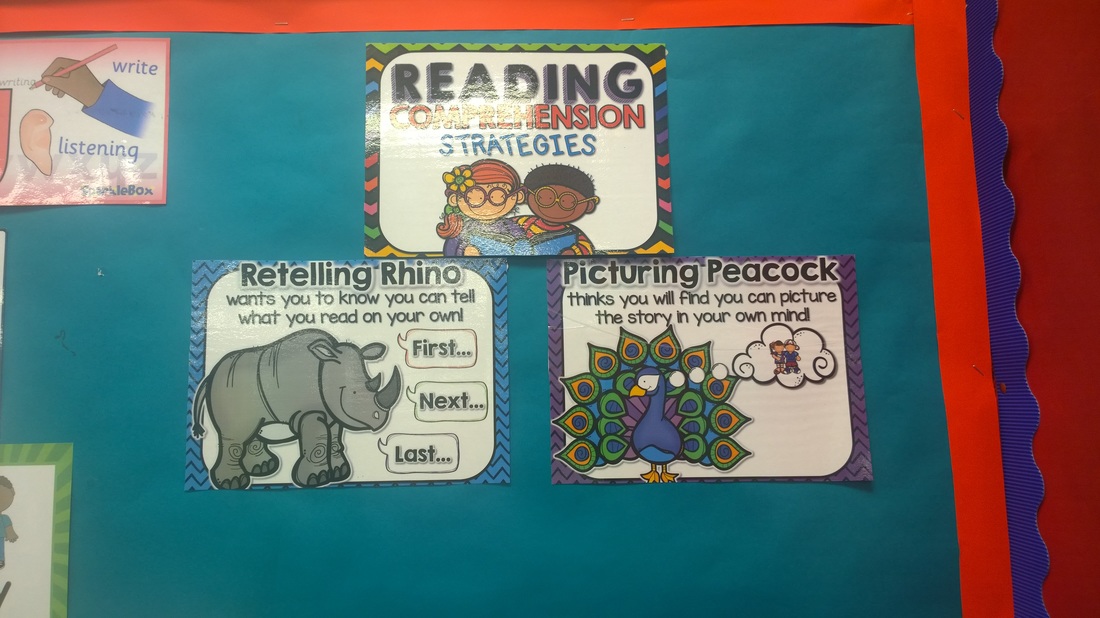
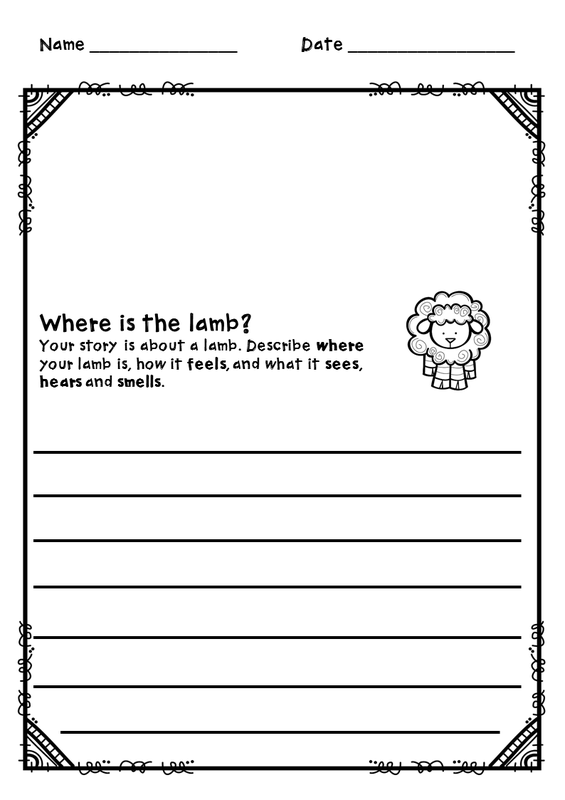
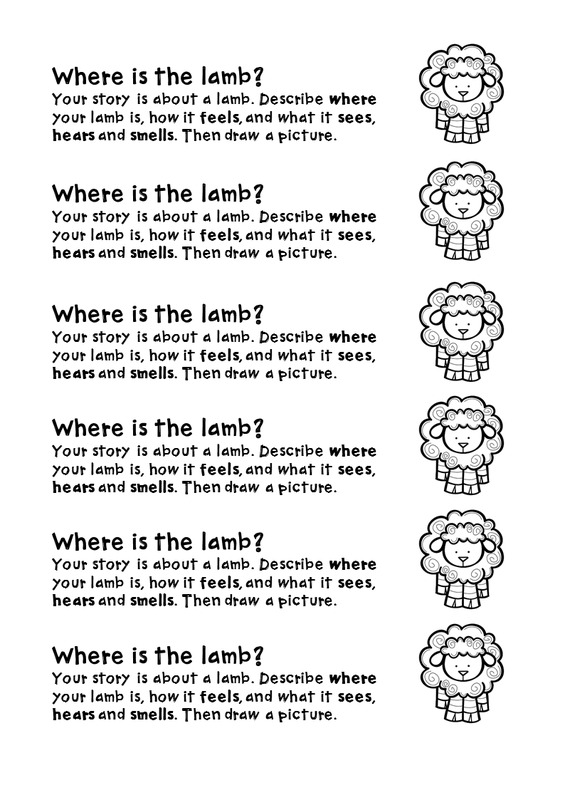
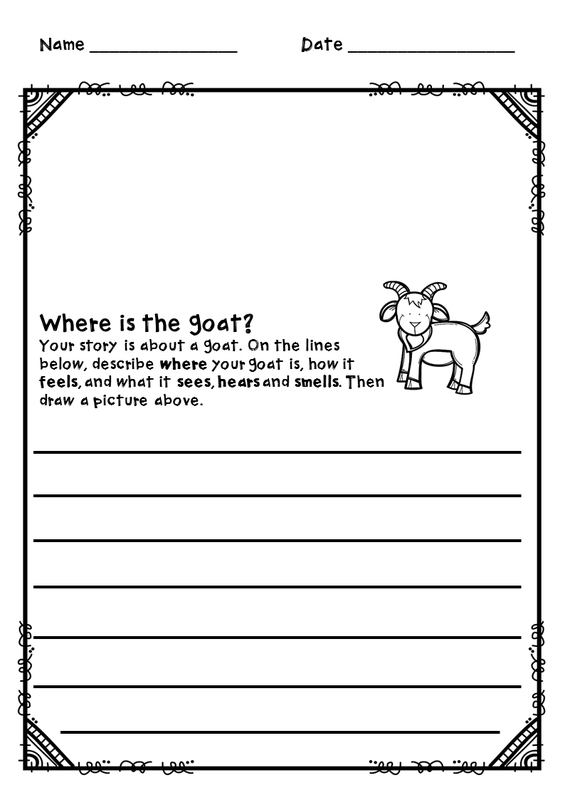
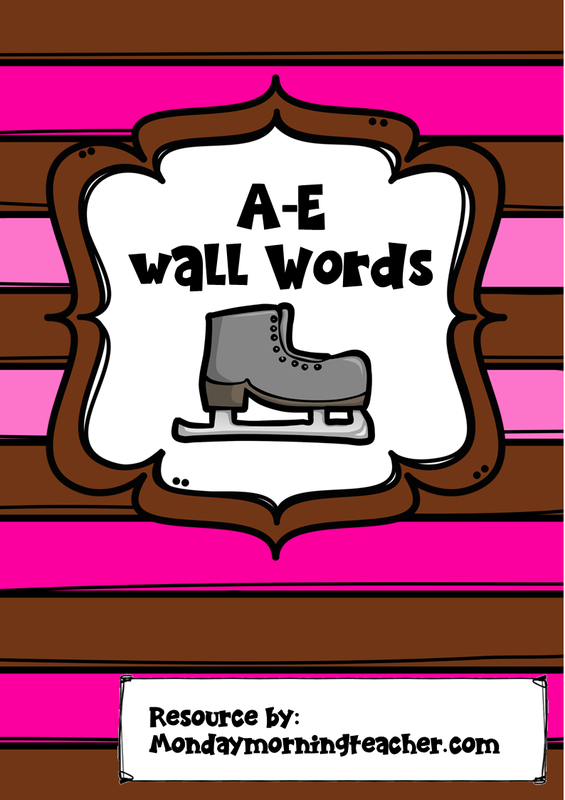
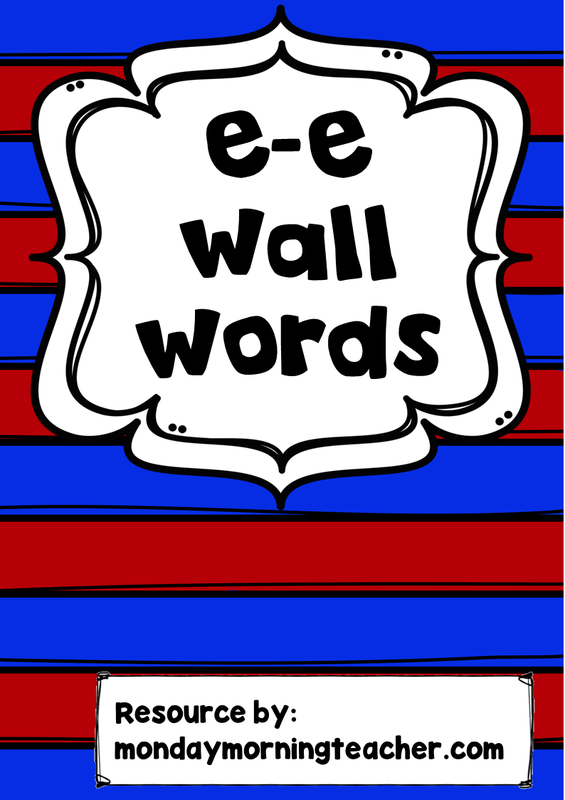
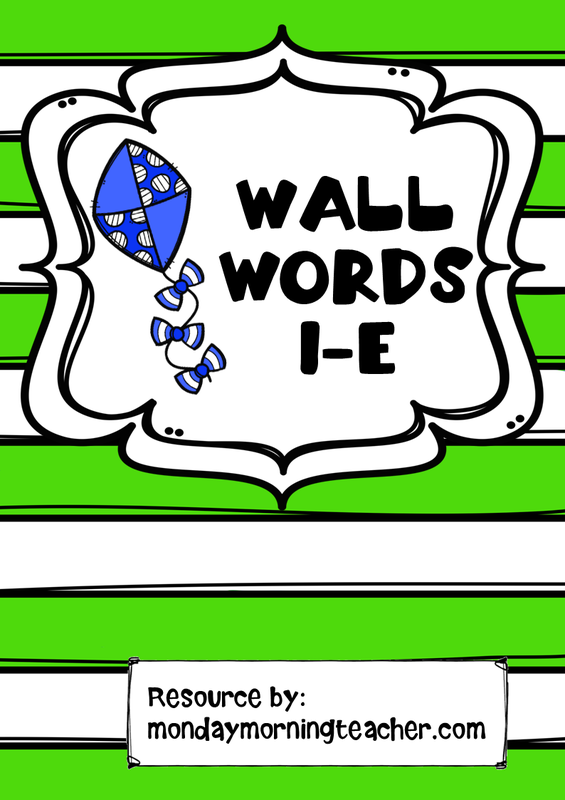
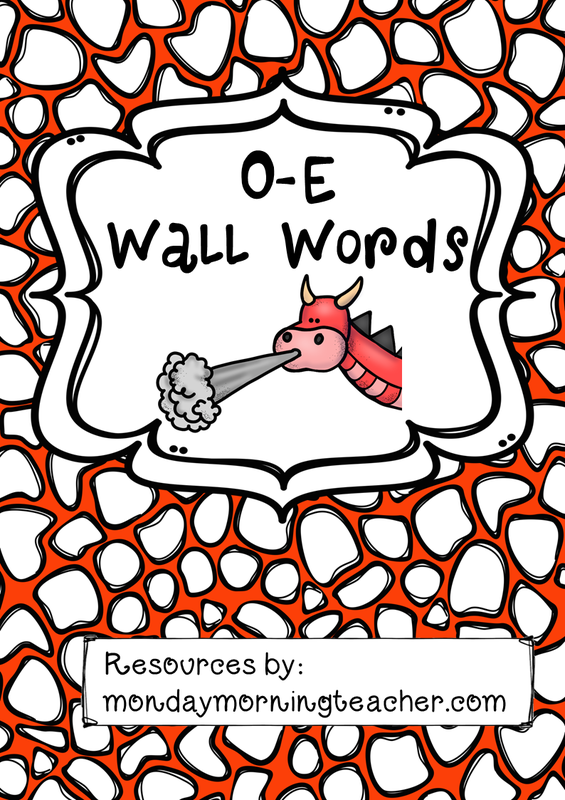
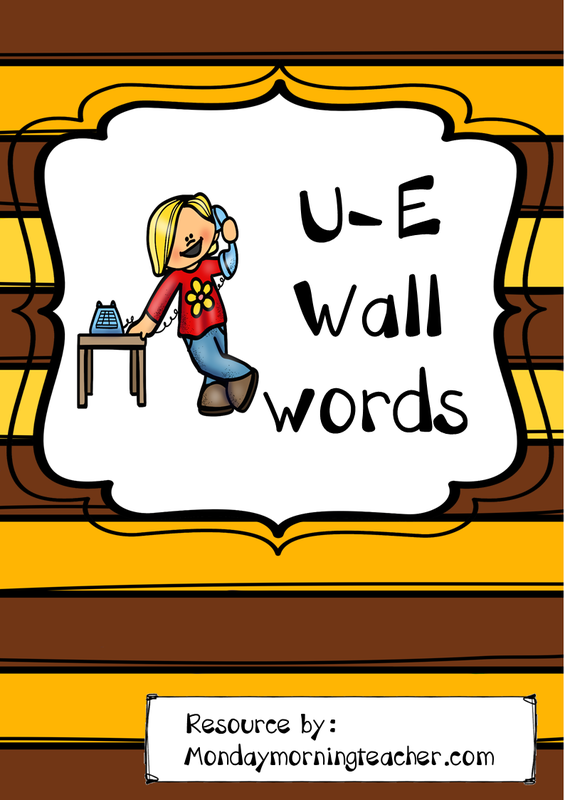
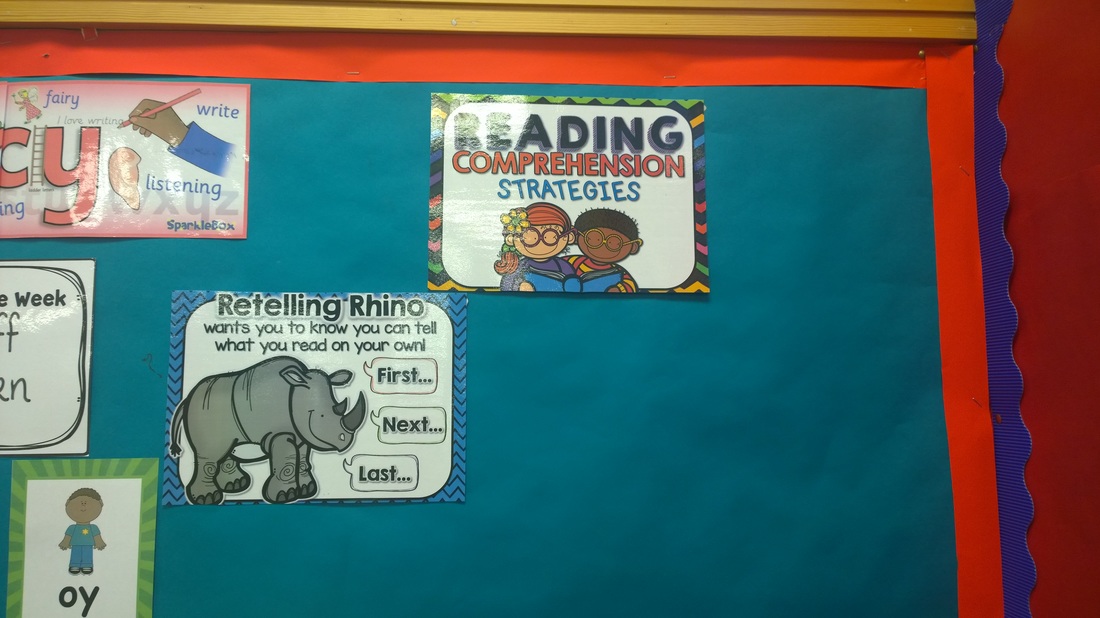
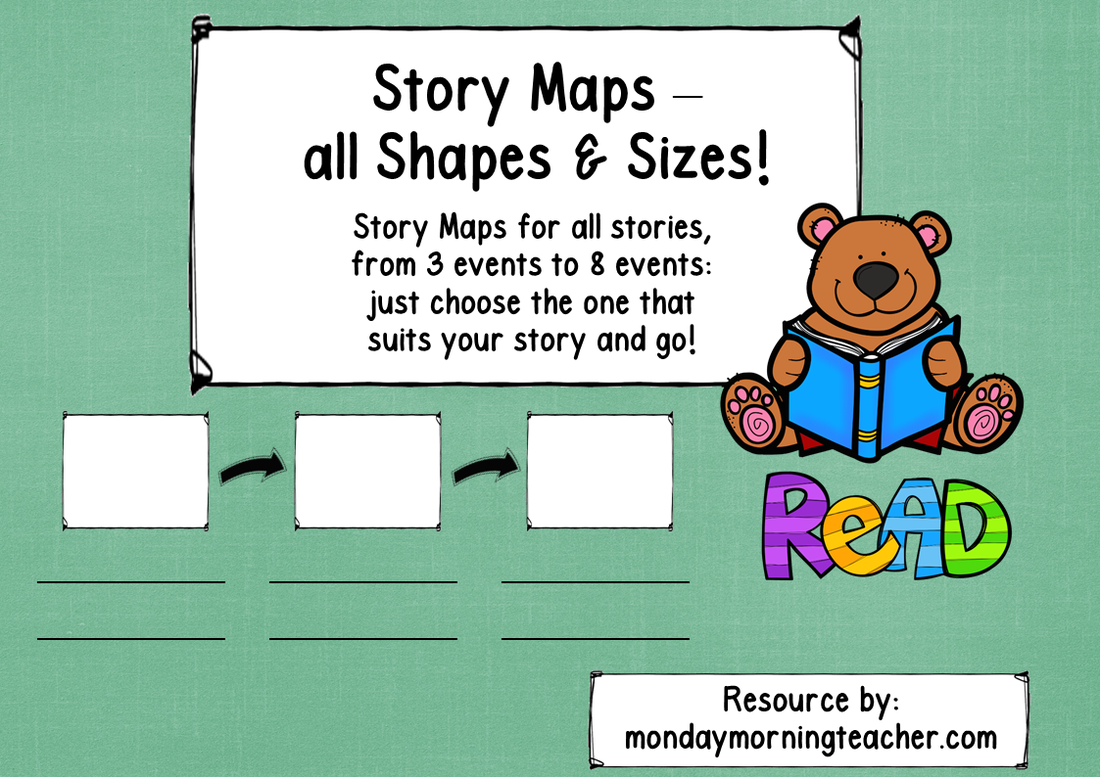
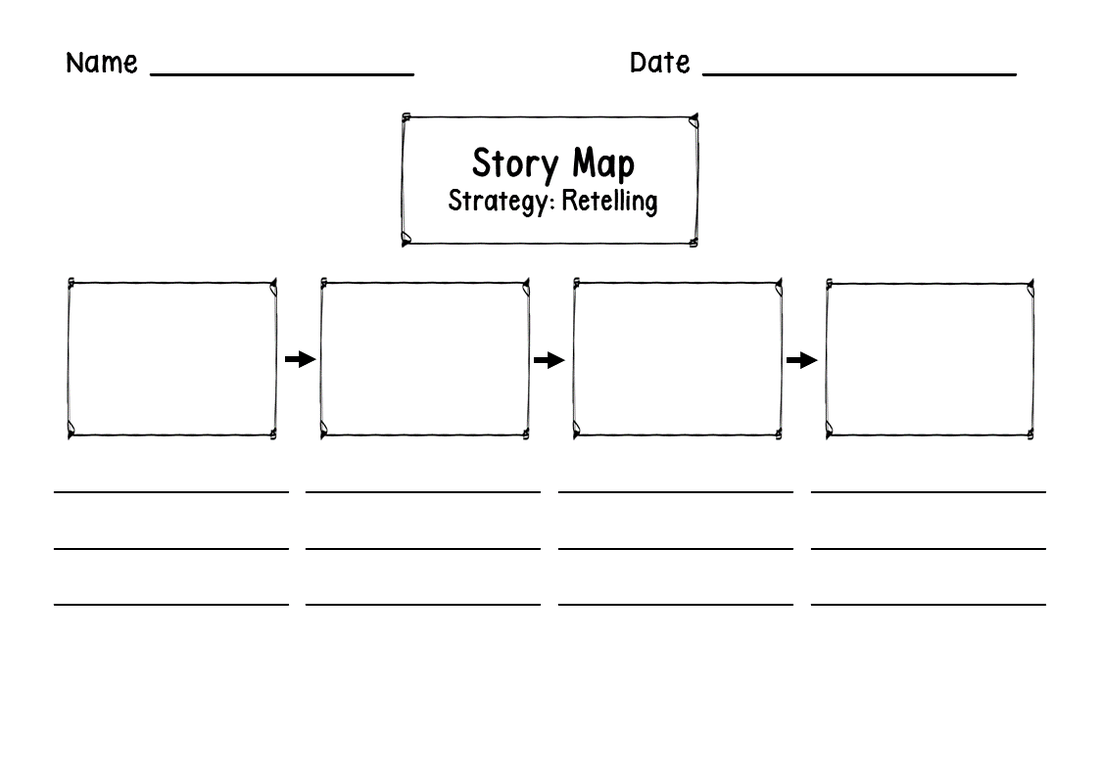
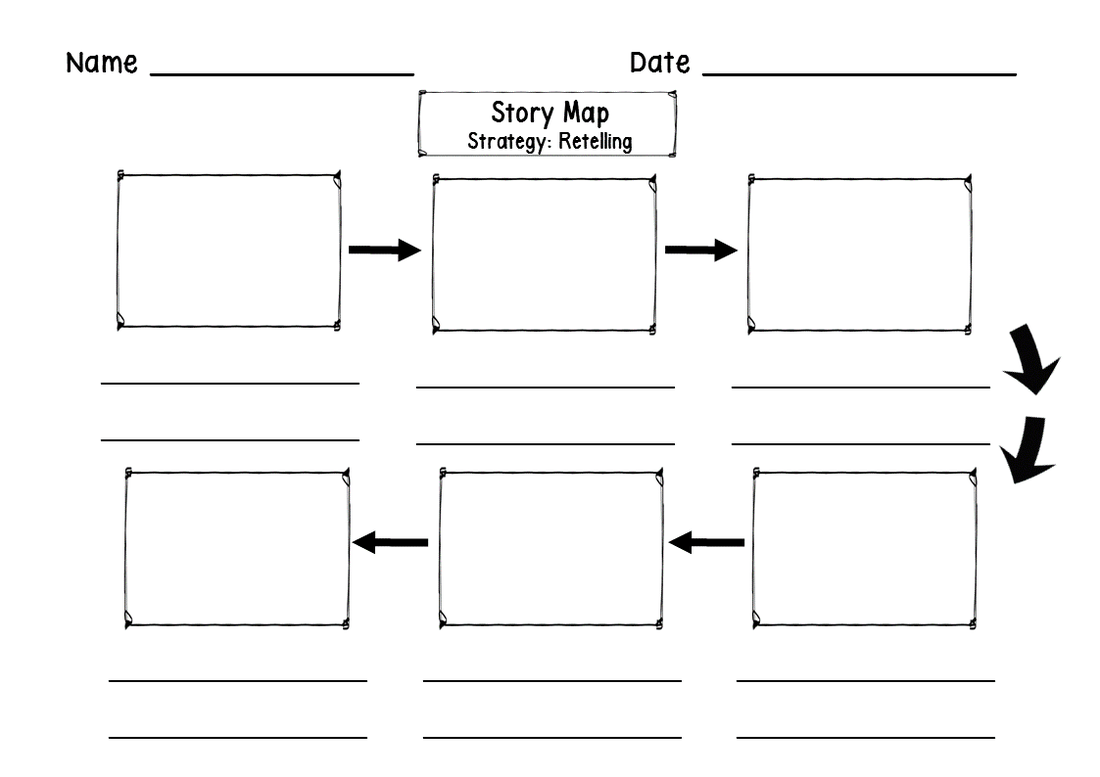
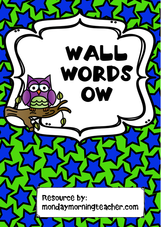
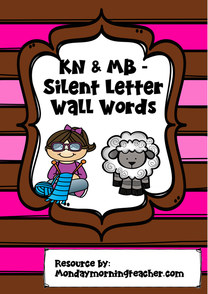
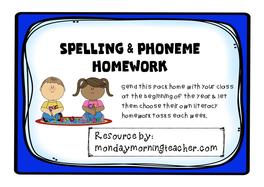
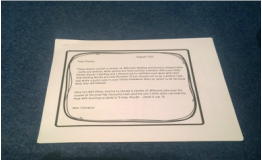
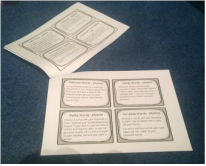
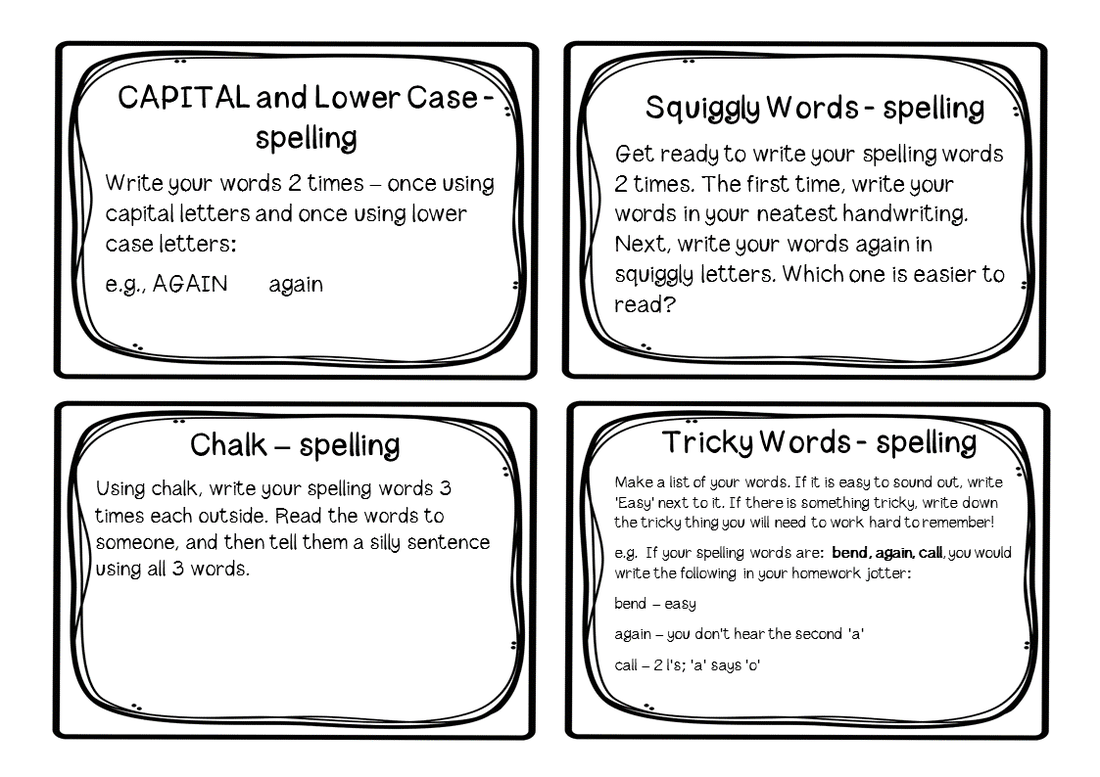

 RSS Feed
RSS Feed